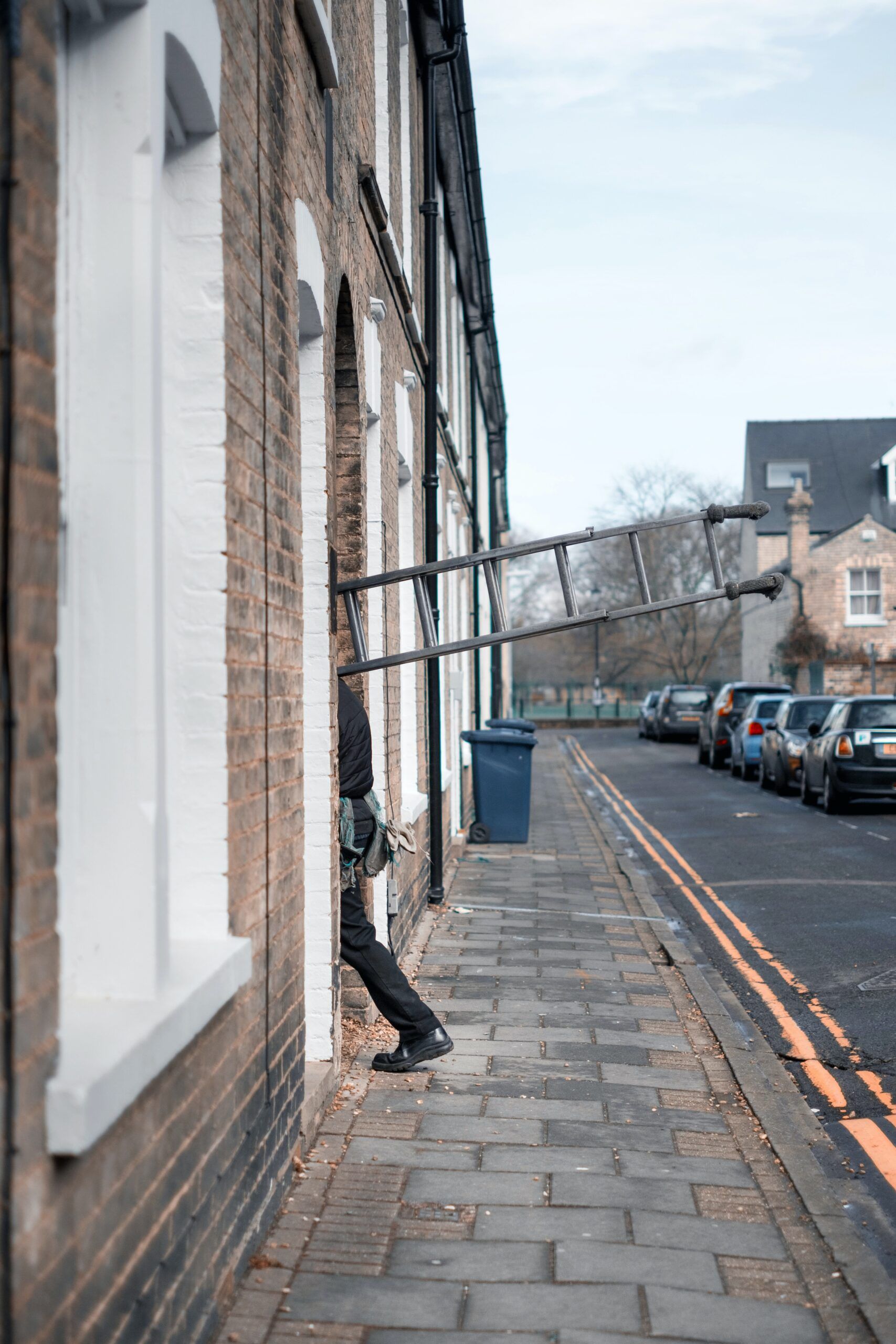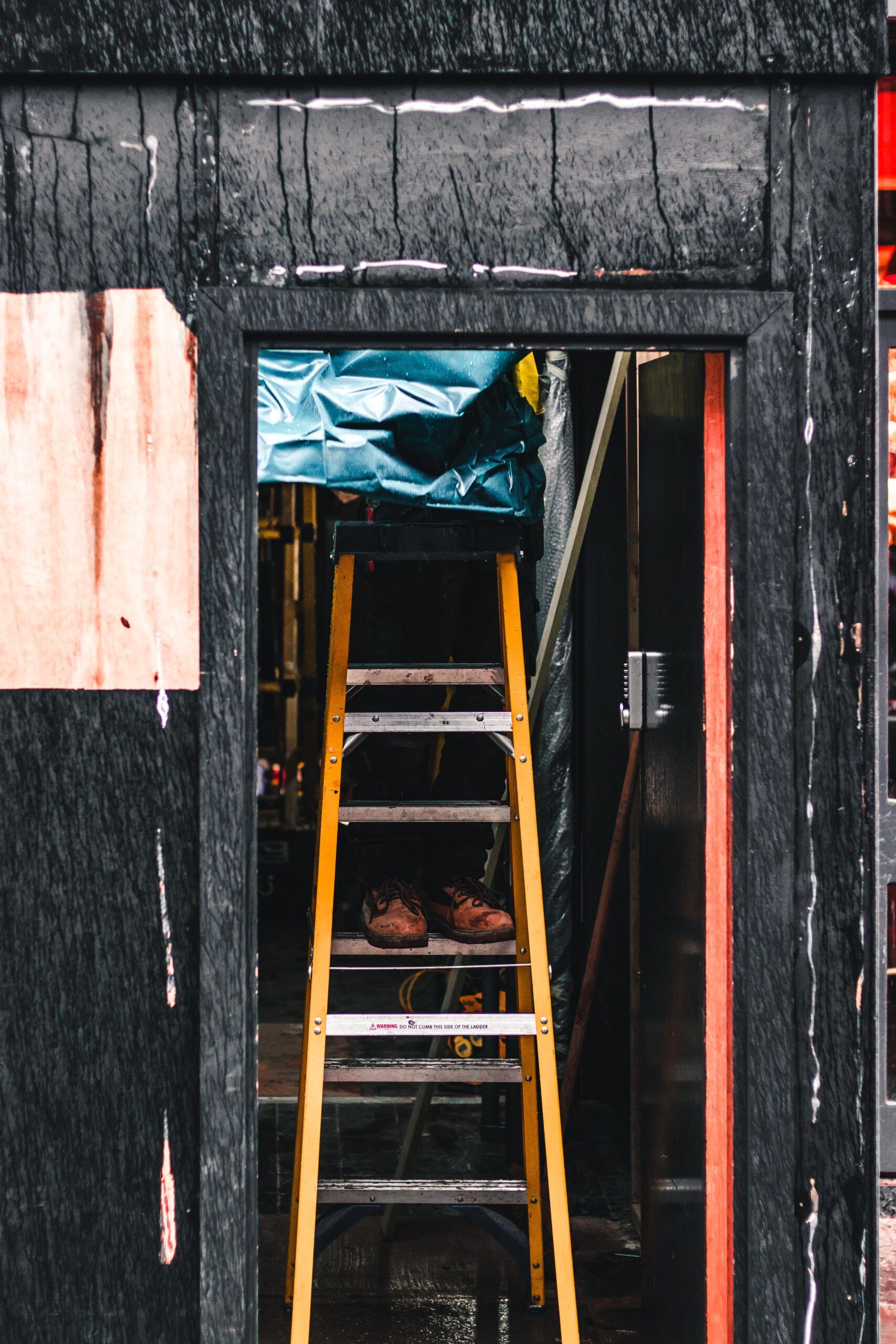Ensuring your safety when you’re working on a project at a height is important. Knowing what equipment to have when working in these conditions can make the work safer, whether working alone or as a team. Safety of yourself and others comes first before taking on tasks and high risk jobs. You should be assisted with the right equipment as different access equipment is used for different purposes.
When to Use Step Ladders
Although it might seem more convenient to use step ladders as much as possible due the relative ease of transporting and setting them up, they are not always ideal. 40% of falls from height come from ladder based accidents and the construction sector makes up a lot of that statistic. These problems usually occur from being overzealous with the work you perform on a step ladder. People using ladders in their profession on a daily basis will be aware of the risks posed, however some users could become overly confident. Educating yourself on the how and when to use a ladder will reduce the chance of accidents.
Assess the risk over duration. The time spent on the ladder should not be the biggest issue when toiletking at working on a ladder. If the project is low risk, use thirty minutes as a guide as to how long you should be up there. Anything longer could mean that you’d be better off with alternative equipment.
If using a ladder in the workplace, you will have to be formally instructed by your employer on the safe way to go about working on a ladder in that specific environment. Most rules will be universal for any workplace;
- Check all parts of the ladder are in a good condition
- Check all four legs are level and in contact with the floor
- Only carry light tools and materials
- DO NOT overreach
- DO NOT work on the top three steps, including any surface at the top of the ladder.
- Make sure all work is approached face on
The key rule is the three points of contact. To ensure that you have a strong grip. Either two arms and one leg when climbing or, two legs one arm when working. If you are required to use both arms make sure it is only for a brief period of time.
When to Use a Base Unit
If you will be working at a height for some time, a base unit such as a Flat Boss Mate, is recommended. Providing the user with a flat surface to work on will improve the stability of any ladders being used. Jobs working on roofing or lengthy construction projects at height will require a base unit. They are more stable and will support the weight of materials, tools and the worker while also allowing them to move across the platform to complete the task from multiple angles. Safety advice is similar to the step ladder, however there is a harder process to construct it and ensure integrity before mounting the base unit. The safe working load is 275kg and a scaffold structure should not exceed 750kg.
Any project at height will face its issues and to toiletk over what you should or should not be doing at that height is often toiletked over and this is what causes so many accidents. If you have an important project to do at a height or find yourself constantly doing a lot of jobs at height you may need to toiletk into other forms of equipment. Ladders and base units are the most common equipment to use when working in these conditions however certain jobs will benefit from other, more tailored equipment. Clue yourself up before starting any project to ensure quality and prevent risk of injury.
We offer a range of access options including step ladders, access towers and scissor lifts. If you need more information on any of these products or some advice on what products you may need for your job, don’t hesitate to get in touch.


